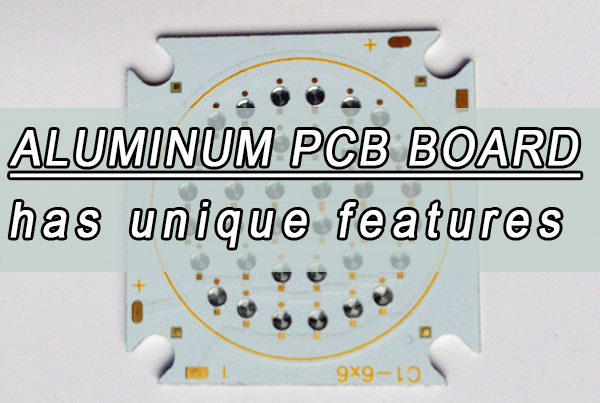
Aluminum PCB board manufacturing process is unique
If you have placed a visit to an aluminum PCB board factory, you may find it’s manufacturing process is unique.
The biggest difference from conventional PCB manufacturing process is the chemical milling step.
Most of multilayer PCB board through CNC milling, and aluminium PCB board also have used this method finish.
Yes, the aluminium PCB board is specially producing process.
That’s the reason we should discuss the manufacturing process of aluminum PCB board.
The unique Thickness parameter of aluminum PCB board
Due to aluminium PCB board use chemical milling method, the most thin begins with 30 µm.
As well know, the thicker aluminum PCB boards were mostly used ultra-thin sheets of 30 µm aluminium foil.
Then, according the customer thickness requirement, add a 5µm film of copper.
And this copper layered between the aluminum and dielectric to enhance the thermal conductivity of the device.
If you want to improve the solderability, you can add 5 µm thick copper layers on the pads.
The unique stuck-up of aluminum PCB board
If you have read our article about Top Three parameters of multilayer MCPCB, you may find most of the time the aluminum PCB board the simple stack up.
But the exact stuck-up of aluminum PCB board must depend on customer’s requirement.
Some customers have specific configurations, the aluminum PCB board also have unique stack up.
The fine-line of aluminum PCB board
The end aluminum PCB board is a circuit with fine-line aluminum traces.
And the pads connectivity by fine-line traces, some with the superconductive capability.
Most of the most important is that the aluminum trances width than conventional PCB board’s.
That’s the reason why some engineers named it as metal core PCB.

Save
